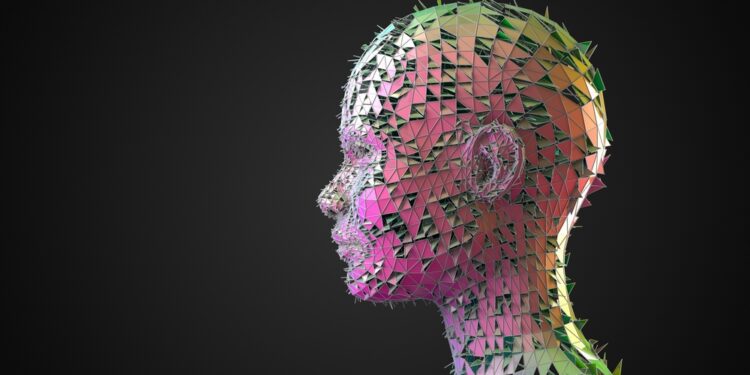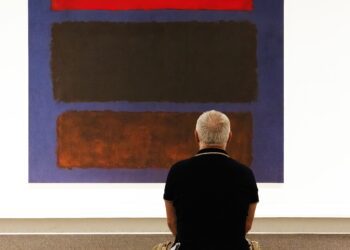At the dawn of the AI-driven internet, we are witnessing the revenge of free media
In the machine learning era, any expression or piece of media (from selfies to academic articles) is recast as training data for AI. A single piece of media can be reanimated to spawn infinite works. Holly Herndon and I call this reproductive process spawning (creating infinite new works from training data), and believe it is significantly more consequential than 20th-century habits of sampling or collage. A human piecing together a new work from snippets of older works is fundamentally distinct from the automated ability to spawn infinite works in the style or likeness of someone from training data. As such, it demands new ideological frameworks of consent and attribution. The polar ideologies of free culture or rigid IP protectionism of the last century feel insufficient for tackling an issue that promises to mutate into a long culture war.
The origins of this battle can be traced back to original arguments over the internet. In the 1960s Ted Nelson conceptualized hypertext, and conceived of a publishing network, Xanadu, that would serve as a global electronic library of information with attribution at its core. In his model, links between information would always be bi-directional, so you may trace the origins of an idea or piece of media back to their source no matter how far they had travelled. As blockchain enthusiasts will appreciate, those links would also provide a powerful means for payment on top of their archival benefits. The inventor of the World Wide Web, Tim Berners-Lee, was inspired by Nelson’s work, but deviated from this bi-directional link structure. His creation, HTML, a building block of the internet that most use today, utilized one-directional links. This conception of the web won. Anyone now had the tools to publish, and republish, media with no concrete ties to its origins. Nelson’s ideas of an ‘intertwingled’, interdependent, creative ecosystem were jettisoned in favour of the whims of the independent individual.
Web 2.0 – the internet’s era of social networking and user-generated content – makes more sense knowing the prehistory of its technical and conceptual origins. We are lost in a maze of competitive, disordered, expression. Web 2 values less the people who created an idea, and more those who can bring the most attention to it. Popular accounts sell product placement next to memes scraped from anons. Pop artists scrape ideas from niche subcultures with diminishing means of sustaining themselves. Legacy media sells ads next to summaries of online disputes. We must post to survive. We must post for free. In a vast sea of free and orphaned media (data), those with the means to analyse it and the status to resell it rule. This rings true from the ad-supported platforms themselves to the attention hackers that dominate them.
At the dawn of the AI-driven internet, we are witnessing the revenge of free media; the business end of that Faustian bargain. Companies with access to the computational power to analyse trillions of data points are creating large models that will become the substrate upon which a new internet of services are built. I marvel at their accomplishments, and lament that these new empires will be built on data that was not consciously offered for this purpose. It could be different.
I do not believe that artists are in too much danger of being replaced by AI. Artistic practices are so much more complex than a style that can be mimicked. What we value of art is more social than we often acknowledge. We care what artist x has to say about y, or what honouring artist z says about us. Holly and I started a choir when we first began training neural networks (on fully consenting data), as even though it is possible to spawn the perfect sound of a choir singing, that defeats the purpose of the participatory and ecstatic value of choirs. As media becomes easier to produce, conjuring meaning and distinction becomes more elusive. Great art is socially determined, and is often found when and where that happens. There are great AI artists just as there are great painters, which will become clear as more become fluent with the field and its alien possibilities.
My hope is that a new era of abundant media will affirm this social value of art and artists, and this is why establishing new protocols of consent is so vital. I am a deep believer in AI-augmented expression, and have no desire to limit experimentation or enshrine outdated IP laws. I would simply like to avoid what a world looks like in the absence of consent. When consent is absent, beautiful relationships and connections are stymied that could instead have been nurtured. I hope the dress rehearsal of an AI art future we are witnessing highlights what an opportunity we have to finally fix those damned broken links.
The artists Mat Dryhurst and Holly Herndon are building AI consent systems at haveibeentrained.com
Courtesy ArtReview. By Mattew Dryhurst. Article available here.












